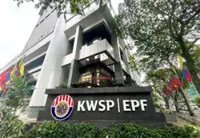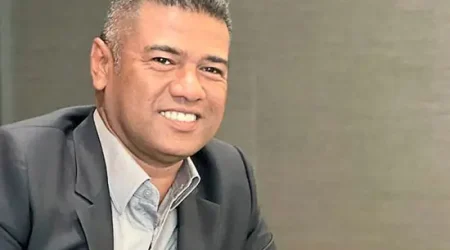Poll shows most M’sians withdrew from EPF’s Account 3 to settle outstanding debts
PETALING JAYA: Most Malaysians who opted in for Employees Provident Fund’s (EPF) Account 3 withdrew the funds to settle debts and outstanding loans, according to a poll by The Star.
The online poll, which was held in the week before the last day of the opt-in on Aug 31, saw 1,300 people responded.
Around 288 people (42.11%) of the people who withdrew from their Account 3 – also known as Akaun Fleksibel – said they did so to pay off their debts.
Out of those who responded to the poll, almost half – 48% or 624 – had opted for the one-time transfer. A total of 679 chose not to opt in.
However, only a portion of them (382 or 29%) actually withdrew any funds from their Account 3.
Other reasons that Malaysians gave to withdraw funds from the Account 3 included education (12.57%), shopping (8.63%), starting a business (5.56%), emergency expenses (5.4%), personal investment (4.4%) and daily expenditure (4.1%).
The opt-in period for the initial amount transfer of the EPF Account 2 funds to Account 3 was from May 21 to Aug 31.
As of July 19, a total of 3.4 million of the 13.1 million EPF members under the age of 55 have made withdrawals from Account 3 amounting to RM8.9bil, according to Finance Minister II Datuk Seri Amir Hamzah Azizan.
He said that for the same period, a total of 3.8 million or 29.3% of EPF members chose to have the initial amount in Account 3 with a transfer of RM12.6bil, while RM5.6bil was transferred to Account 1 (Akaun Persaraan).
Under a restructuring plan that took effect on May 11, EPF accounts were split from two accounts to three accounts for members aged below 55.
Account 3 gives EPF members access to funds for short-term financial needs.
With the restructuring of accounts, the monthly contribution of members will be channelled to Accounts 1, 2 and 3 in the proportion of 75%, 15% and 10% respectively.
According to EPF, the restructuring was aimed at improving the security of retirement savings, besides addressing the life cycle needs of members who are struggling to cope with the rise in the cost of living following the post-pandemic era.













Leave a Reply